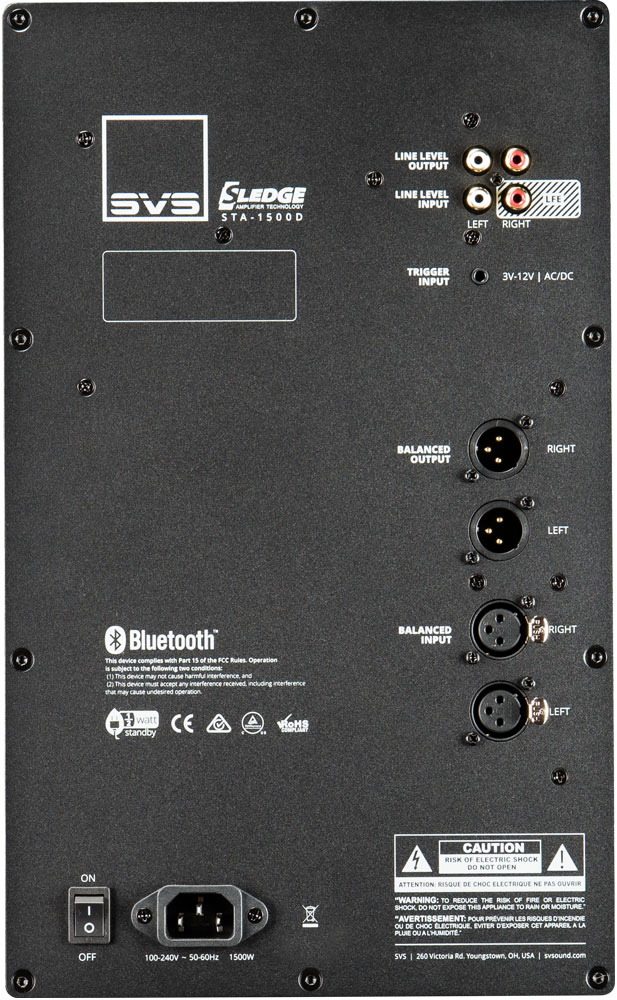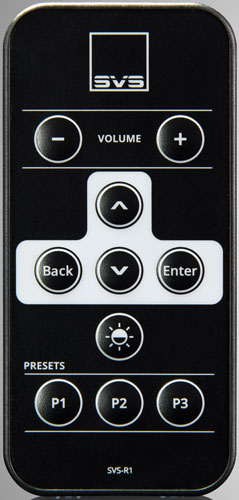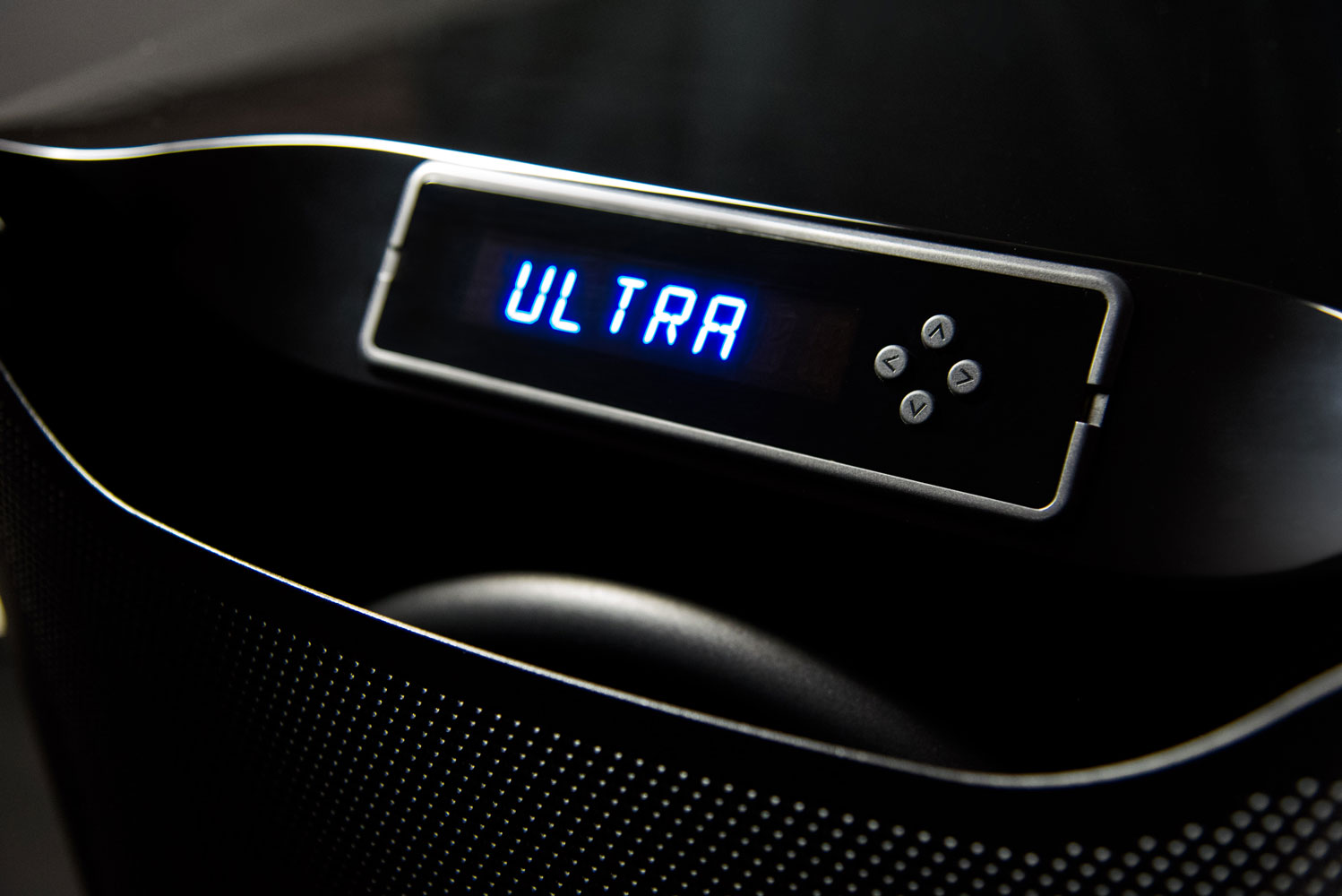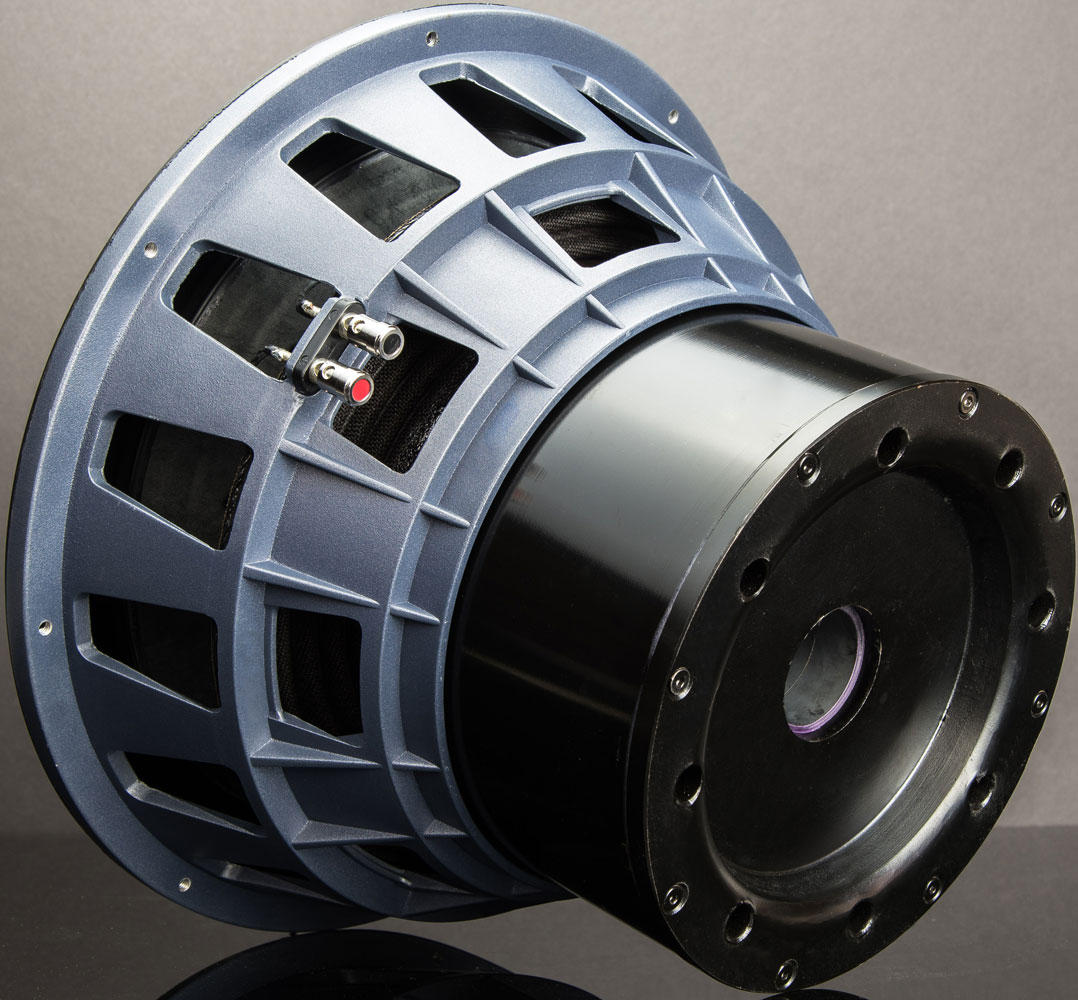Setting the scene
Home is where the listening rooms are, and I’ve got three of them: My living room, the office and the guest room. The living room is open and rather large. And my speakers — not just the Audio Physics, but the Klipsch Quartets, Mission 727s, and Blumenstein Audio Orcas/Marlins — would normally sit a good 10 feet from me. To set the record straight, I’m a one subwoofer kind of guy. Even with all the rooms at my disposal, space for two SB16-Ultras was/is not going to happen, so I was locked into making one work, leaving its location/position to be the deciding factor. Narrowing it down to two options, the subwoofer would either be placed left of the right speaker and just right of the rack, or to its right against/closer to the sidewall.
Besides the Parasound Halo 2.1 Integrated Amplifier with its dedicated sub-out, I’ve been toying with a Rogers High Fidelity 65V-1 tube amplifier, which required a unique set of interconnects, specially assembled by Rob Pleyer of Rogers High Fidelity, which had me connecting the SB16-Ultra directly to the amplifier’s speaker terminals. And then there’s the Pass Labs INT-250 with its Pre-Out, which I connected to the SB16-Ultra using SVS’s very own subwoofer cable. What I’m trying my best to demonstrate is that there are many ways in which to connect a subwoofer to a plethora of amplifiers.
The business end, the rear of SB16-Ultra, is uncluttered and clearly marked, just how you and I should like it. Again, apart from the readable blue display, which can be turned off when set, there are four recessed buttons on the front bevel and, with the removable grille in place, the minimalist design could have you definitely hear but not see the elephant in the room, and that’s really saying something. I removed the grille for each listening session and, much like traditional speakers, the results are subjective. There are those who cannot abide having drivers exposed. For me, the jury’s out on this one. While I can see and hear the benefit of grilles being removed from speakers, doing so for subwoofers, this one in particular, yielded less than definitive results in my informal comparisons.
As mentioned, I have swapped out numerous speakers, both floor standing and stand-mount, of various designs and specs (sensitivity/efficiency) to better understand what a subwoofer brings to the party. Sure, I had to configure each of them separately, and this is where the downloadable smartphone app made my life so much easier. To be fair, SVS does supply a physical remote- control unit and, while the display is easy enough to read across the room, the flow chart for the remote to control and configure using its economy of buttons would take the patience of a far younger man than I, and most definitely not me at any age.
The smartphone app allowed me to setup various configurations for the speakers, so not only could I swap them out easily, but I could also discover first-hand just how particular specifications and speaker design can be. Whether or not speakers are ported makes a world of difference in the configuration process, not to mention how low they extend, their sensitivity, and their physical placement with respect to the subwoofer and all that surrounds them in their path. SVS also makes its SVS Subwoofer Matching Tool database of speaker/subwoofer configurations available and, as that database keeps growing, populated with more and more models, it becomes an invaluable resource. Biggest lesson learned is that when setting the value of the crossover slope it is important to recognize that the default setting of 12 dB can be dialed up to 24 dB for ported speakers and to my ears it made a difference. Your mileage may vary at this point, but it is fun to use the database to compare speakers from a subwoofer perspective.
I was not prepared for the discoveries, nor the realization that I had been wrong for all these years/decades. The addition of the subwoofer to each of the speakers made their “blacks blacker,” defining both the contours and images of each respective set of speakers’ sound. Some speakers, most notably smaller stand-mounts, scream out for assistance at the lower end, the bass register, but I was surprised by just how much my ostensibly fuller range floor standers benefited as well by having their bass anchored.
Roar of the …
So many of our readers know that for the past year I have been running the New Album Releases Project (NARP) on Facebook and for each of my equipment reviews I will use whichever albums are being assessed each week as fodder for my insights, comparisons and conclusions. I do this in order to free myself from the preconceived notions and expectations of all-too-familiar recordings.
Having started this review some time ago I decided to re-listen anew with current recordings:
- Mdou Moctar – Ilana (The Creator)
- Christian Scott – Ancestral Recall
- Sparks – No. 1 in Heaven
- The Tronosonic Experience – II: The Big Blow
- Kilchhofer Anklin – Moto Perpetuo
- Helado Negro – This Is How You Smile
Each track, each album benefitted by having its lower bass, its extended registers, sound clearer, evoke greater physical emotion and serve as sonic counterpoint to both the midrange and highs. If allowed but one word to describe what I would call the subwoofer effect, it would be definition, plain and simple.
I attended a Mdou Moctar gig recently, and hearing them live and seeing their drummer and bassist in action I feared that I would not be able to adequately capture the magic of the rhythm section on my system at home. Those fears were soon allayed, but having that mental picture, that sonic fingerprint so freshly etched, I could tell that without the subwoofer in play, the magic, much like Elvis, had left the building. The same was true for the other albums listed above. I would play them with the subwoofer; head out for a while, listening to them again with the subwoofer turned off, and the experience just wasn’t the same. Much like the camel’s nose and the tent, once it’s there, it’s there and there is no turning back.
For lack of a better name what one finds at the end of reviews here on Dagogo is a colophon, an inscription with details and additional info about the product and its manufacturer. In this instance I list certain SVS accessories as optional. However, I would like to make the case for the SVS Soundpath Isolation System as a requirement. What we’re talking about is specifically designed feet made for SVS subwoofers. As such, they are threaded to make for a perfect fit, decoupling the subwoofer from the floor so as to diminish transferrable energy, re-directing the flow through the air when it can be both heard and felt. Tighter, cleaner bass.
The elastomer feet, with their anodized steel outer shell and stainless machine screws, look really nice, elevate the subwoofer physically and sonically, and cost $49.99 for a set of four. Do yourself a favor and order these at the same time. Note: the addition of the feet does not mean you can replace the aforementioned Super Sliders with them. If you want to easily move/position the SB16-Ultra, these feet were not meant for that. Your hardwood floors will thank you kindly.
I can kick myself for being so stubborn all these years, these decades about my feelings towards subwoofers. It was my long-held contention that subwoofers were the domain of failed speaker designers who just could not get the concept of full-range right. I’m human, I’m fallible, and I was wrong. That’s not to say that there aren’t some speakers that are capable of reproducing the full-range, but at what cost and size? The subwoofer and I are now inseparable. I am re-listening to music relishing those lower registers, appreciating drummers and bassists that much more.
As a kid I did jigsaw puzzles with thousands of pieces and would always start on the edge pieces, for context, to get some ideaof the puzzle’s size and scope. I reckon that’s what a subwoofer does, providing its own counterpoint, essentially emphasizing the music by contrast.
Copy editor: Dan Rubin
- ← Previous page
- (Page 2 of 2)






Hi Dagogo,
I love this article, Preach it more and keep giving Amazing Information. I like your style of making things so easier for us to always read articles, looking to add similar articles to our website.
alright, good start. but don’t admit to being stubborn about subs and then be stubborn about 2 subs. you will find that with 2 subs you can significantly flatten any peaks and valleys in your low end. if you have corners in your room you have room for 2 subs.